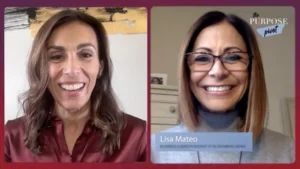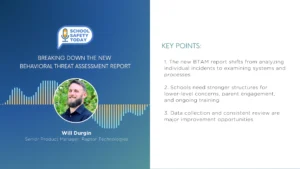Why Delivery Apps Are Changing More Than Menus At Restaurants
In this technological day and age, there is no stopping the rapid change of the restaurant industry. The feeling of instant gratification is prevalent in all walks of human interaction, whether it is dating apps that instantly match people with a compatible partner or medical pages that diagnose patients with a simple survey. The restaurant industry is no different.
With a click of a button, food can be delivered to a consumer’s doorstop with minimal human interaction – no phone calls, repeating orders, or waiting in lines to pay. Delivery apps like UberEats, Doordash, Caviar and PostMates are changing the restaurant industry one delivery at a time.
As a customer, there are perks to these food delivery services. Ordering online is instant and most apps allow the customer to order directly on the app without having to make a phone call. This reduces the amount of human interaction, which can be appealing especially for the millennials accustomed to communicating digitally.
Among Gen Z’s biggest concerns are getting a job, finishing college and saving money. Delivery Apps cater to this thought because students can multitask while food is being delivered.
University of Southern California undergraduate Patrick McDermott said, “Many of my friends use delivery apps when they are studying on campus. Personally, I try to refrain from using apps because of the delivery fees on top of increasing menu prices.”
Restaurants can adapt to this by offering low-cost additions to the menu, which may entice younger customers to a restaurant.
More restaurants are partnering with delivery apps to increase new business. Customers are starting to rely on Yelp Reviews and suggested featured restaurants over simply trying something blind. Apps like Uber Eats feature different food joints by displaying enticing images and the restaurant’s ratings. This advertising targets new customers that the restaurants otherwise would not see.
Zach Pollack, owner of Cosa Buona in Los Angeles, designed his business with the evolving restaurant industry in mind. Pollack says about 50 percent of sales each day are through delivery. On the Cosa Buona website, the delivery button is easily accessible and takes the customer to Caviar delivery service for instant ordering.
Another way restaurants can keep up with the technological and social climate is by partnering with the app Food for All. This app offers unsold meals with a 50 percent discount. This way anyone can grab a wholesome meal for $3. Users just need to place an order and pick up food at a fixed time. Currently the app is running only in New York City and Boston, but this leading way of thinking is what may take delivery services and restaurants to a new level of service.
Delivery apps have made more dining options accessible to the public. In the process, they have changed the role of the physical restaurant. With the ease of ordering, more people are willing to pay the delivery price for delicious food in the home. Restaurants are seeing spikes of deliveries, and with the use of the middle man they do not have to worry about hiring extra people to deliver. Still, restaurants continue to invest in their physical space because people go there for more than just the food. They provide a place for families and friends to gather. Delivery apps make for tastier and healthier meal options on a daily basis, tailoring to the ever-changing technological world.
For the latest news, videos, and podcasts in the Hospitality Industry, be sure to subscribe to our industry publication.
Follow us on social media for the latest updates in B2B!
Twitter – @HospitalityMKSL
Facebook – facebook.com/marketscale
LinkedIn – linkedin.com/company/marketscale








